Choice of floor tiles. What are the criteria for choosing floor tiles for the kitchen
When choosing floor covering for walk-throughs and kitchens, we are always guided by the simplest criteria: ease of maintenance, aesthetics and durability. Ceramic products are deservedly considered one of the most successful materials in this respect. And the number of designs, formats, textures can be safely called prohibitive. Let's take a closer look at what this material is, as well as how to choose floor tiles for the kitchen and corridor correctly.
Ceramic floor tiles (Greek plinthos) are thin and durable plates of baked clay mass. Its basic components are white clay, sand, floodplains, pigments and some other components.
Tile is better than other finishing materials in the kitchen. In the piggy bank of its advantages:
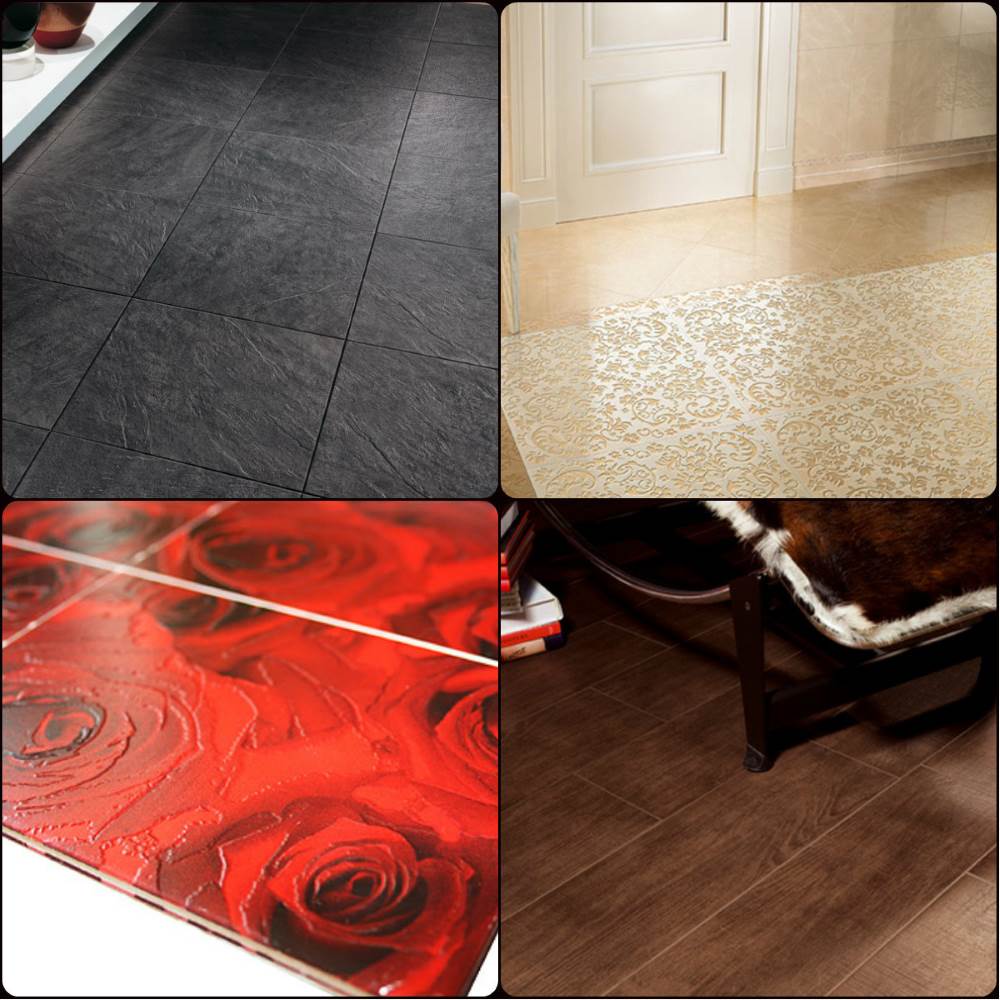
Before choosing a tile for the floor in the kitchen, learn about its shortcomings. In the cons:

Thus, the pros of floor ceramics far outweigh the cons. So is it worth looking for an alternative if it is possible to purchase a tile ?!
How to choose floor tiles for the kitchen? We study the characteristics
According to EN ISO 13006 "Ceramic tiles - definitions, characteristics, acceptance criteria and marking" and GOST 6787-2001 "Ceramic tiles for floors", there is a whole class of indicators that together determine the suitability of tiles for use in certain conditions. These include
Forming and water absorption method

Note that Russian glazed and unglazed floor tiles are produced only by pressing. Therefore, it is better for the kitchen to purchase domestic products under a protective glaze.
Bending resistance
This is the limit value of the static load applied to 3 points of one element, which the test specimen can withstand without failure. Measured in N/mm² (ISO 1054-4 standard), for tiles it has the following minimum values:
That is, for example, kitchen tiles of category BIb can withstand loads up to 270 kg / cm2 or 27 MPa.
Surface hardness
This is the ability of a surface to be resistant to scratching and other damaging factors. As a rule, the well-known mineral hardness scale MOHS is used. For glazed tiles, the optimal value is not lower than 5.

That is, the higher the score, the lower the risk of damage from falling objects, heels, animal claws, etc. A competent master will select a floor material with a surface hardness level of at least 6 units.
Temperature resistance
This is the ability of good enamel not to crack or change under sudden changes in temperature (thermal shock). According to this criterion, it is determined which tiles to choose for the floor in the kitchen and hallway, and which one for outdoor installation. If you choose the wrong material, then due to the droplets of hot oil, boiling water or concentrated detergent on the surface, swelling or a network of small cracks can form at the point of contact.
Chemical resistance
This parameter measures the ability of a surface to withstand chemicals, including household chemicals, stain-forming liquids or products, salts, acids. To determine, a whole series of tests is carried out on the contact of tiles and an aggressive environment.
Frost resistance
This is the ability of a ceramic product not to break down when immersed in water and cooled below 0 °C. It is measured by the number of freezing and thawing cycles, it directly depends on the water absorption coefficient - the lower it is, the higher the frost resistance.
Abrasion resistance
This test for unglazed tiles is carried out using cast silica (synthetic abrasive). The value of the volume of the worn surface of the product obtained after testing allows assigning a certain class of use according to UPEC to the tile. For glazed products, another indicator is used - PEI.
If you try to save money and put PEI I class tiles on the floor in the kitchen, you can be sure that the coating will serve properly at best for about a year, or even less.
Slip resistance
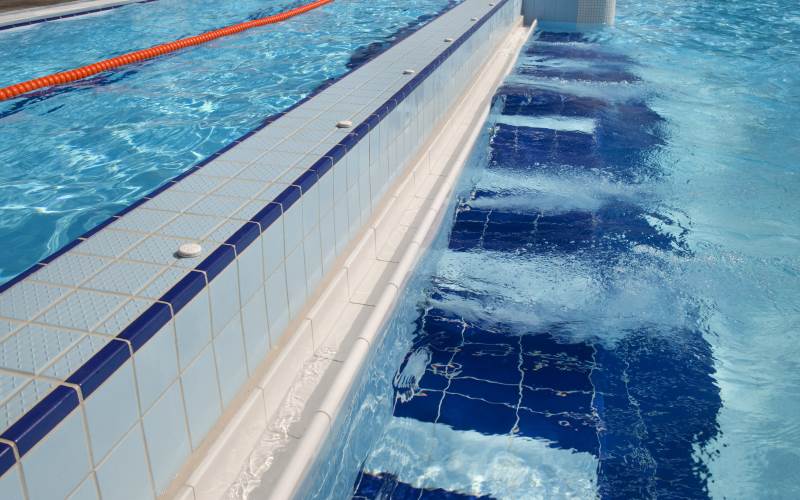
This so-called safety criterion is not mandatory, but for some tile series it is considered necessary (pools, changing rooms, public places etc.), so manufacturers try to indicate the anti-slip coefficient on the packaging.
In fact, it would be nice to take this indicator into account if you plan to lay tiles in the hallway of a private house (without a “dressing room”) or in the lobby of a public building. After all, in winter, snow that sticks to shoes quickly melts in warmth. And it is very easy to slip in the puddles that form. This problem is especially typical for glossy tiles with a polished surface. Matte products in this regard are safer in the kitchen, in the hallway or in the hall.
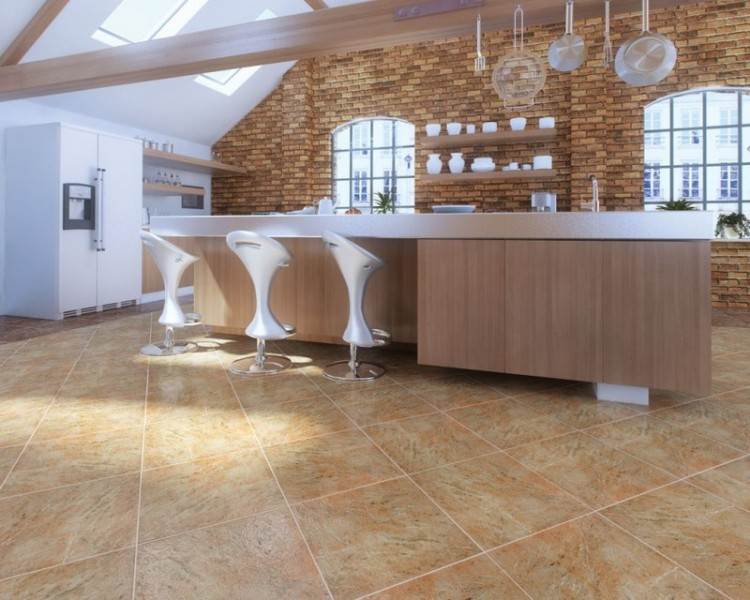
Matte tiles in the interior.
For all of the above characteristics, their own pictograms have been developed to help determine how to choose tiles for the floor.

Set of basic pictograms for tiles.
Kitchen, hallway, hallway, corridor - these are all places with an average level of traffic, liquids, fine sand or substances that form a slippery surface may appear on the floor. Therefore, you need a tile with the following values:
- water absorption coefficient up to 3%;
- hardness above 5 units;
- class AA or A;
- abrasion index PEI ≤II;
- safety category - R9-10.
How to choose tiles for the kitchen on the floor: design features
Floor ceramics is a great tool for realizing creative ideas. There is no such number of options in any other series of materials for finishing the floor. Even in linoleum, let alone cork, parquet or laminate.
Perhaps the most difficult thing is the choice of decor and a suitable shade. There is no universal advice, but we can suggest a number of parameters that should be considered when buying:
Product format
When choosing a tile, keep in mind that each factory produces it in its own sizes. Dimensions can vary from 1.2x1.2 to 120x120 cm. As a rule, a standard design technique is used - the smaller the dimensions of the room, the smaller the elements should be. But if the tile is smooth, without a pronounced texture or pattern, then large-format slabs can also be used in a small corridor or hallway.
Masters, when choosing, prefer a more practical approach - the less waste remains at a certain size, the better. And cheaper, and laying speed is higher.
As for the thickness of products, it usually starts from 7 mm. The thicker - the more weight the finished coating will withstand. This must be taken into account if you plan to install heavy cabinets.
The chosen style and color scheme in the interior of the kitchen
Ceramics is perceived as an element of decor. If you plan to tile a country-style room, then best solution there will be a tile design for stone, wood without gloss or with light lapping.
A kitchen in a classic English style will be decorated with light floor products in white, beige, brown and peach tones of small sizes - no more than 45x45. But how to choose floor tiles if the room is decorated in high-tech trends? In this case, it will take a long time to select. It should be a rectified imitation of metal, plastic or glass, which can be laid out using a seamless method. It will look monolithic and really beautiful.

Interesting options with the so-called "panels" or "decors" made using the technique of digital printing, silk screen, etc. These are tiles decorated with various patterns, borders, small inserts and "pencils", from which a certain pattern is made. They are complemented by basic or background ceramics.
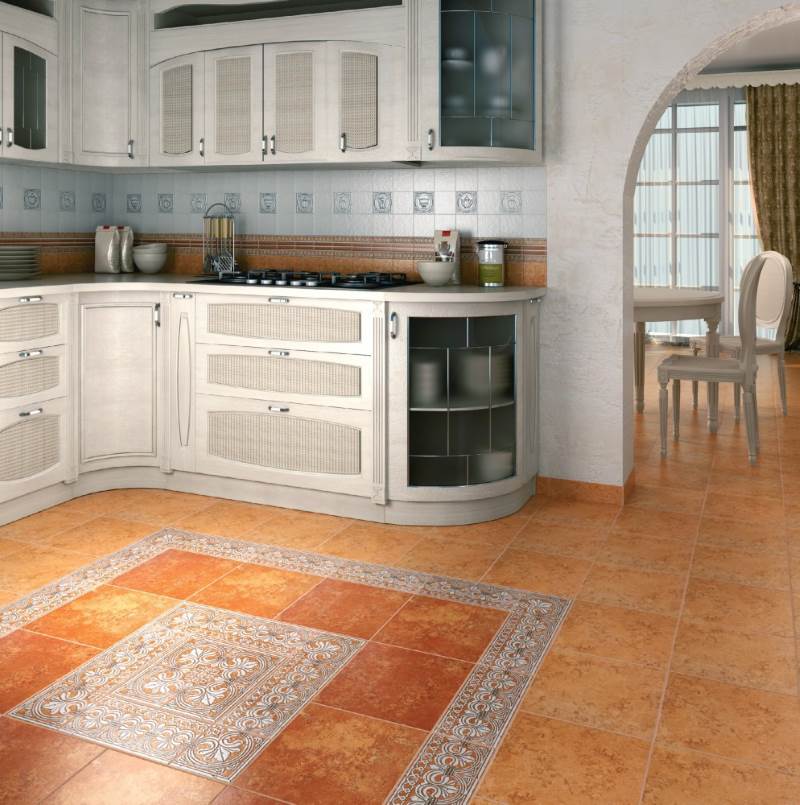
A tiled "carpet" or "path" can zone the kitchen, separate the dining room from the cooking area, or set a different mood for individual areas. It is very important to choose a color here. For example, to create comfort, the base should be neutral beige, ocher or warm honey. Bright shades with a transition from one to another enhance the light, bring cheerful notes to the interior, while black and white tones, on the contrary, give severity.
![]()
Black and white floor.

Texture combination.
But that's not all. No wonder ceramics is considered multifunctional. Relief, texture of products create a three-dimensional look. And combinations of textures and various surfaces help to avoid linearity and monotony. With a competent approach, the finish turns out to be dynamic, comfortable for perception.
Degree of soiling
Practicality is important for any housewife, no matter what kind of tile is laid, expensive or cheap. Frequent washing of floors is tiring, and a beautiful design is no longer a joy. If you want to White color, then try to choose it not in a pure design, but with additions in the form of gray or beige stripes, marbled, textiles, etc. By the same principle, you need to select dark shades - dust is always very visible on them.

Laying tiles on the floor in the kitchen
It is very important to design in advance on paper the intended pattern of the tiled layout. According to your drawing, the master will easily achieve the desired result.
In the development of the design, catalogs from the manufacturer can help, which offer optimal, harmonious variations. Or use special design programs that can be found on the Internet or downloaded from the official website of well-known factories. They not only offer options on how to lay tiles in the kitchen, but at the same time consider the amount of material required, taking into account waste.
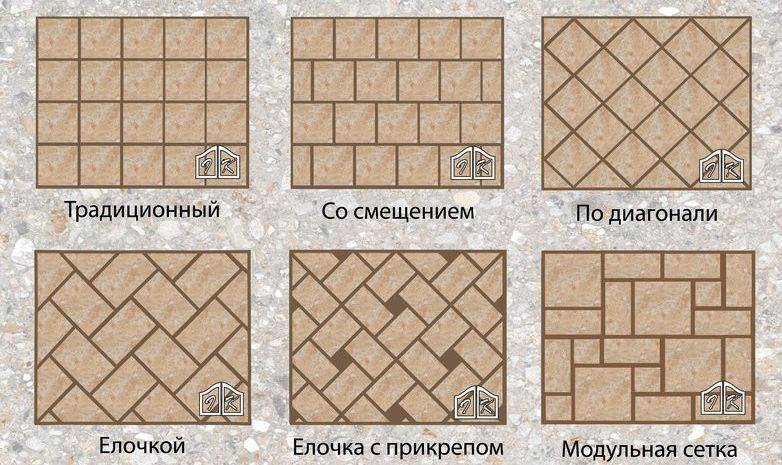
Basic layout options.
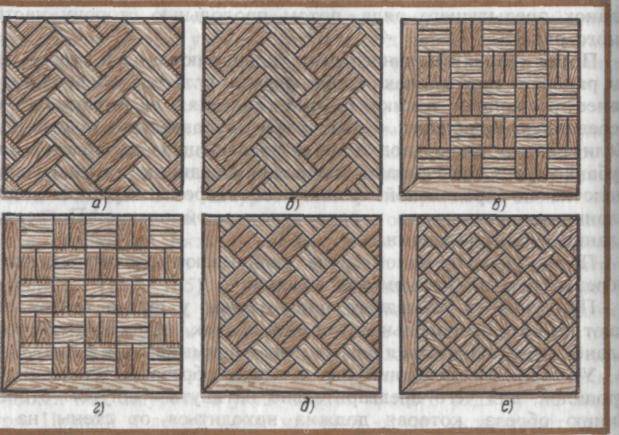
There are many layout options available. These are basic, modular, diagonal, linear, with or without a seam, combinatorial, herringbone under parquet and many others. The choice of the appropriate installation method depends on the product format and design. But the most important thing is your preference and vision of the interior. Show maximum imagination. For example, you can complement a simple kitchen set with an exquisite floor panel. Or tiles in calm, unobtrusive colors emphasize luxurious furniture, decorated with expensive frescoes on the walls. In any case, everything is in your hands.
Basic layout. Diagonal layout. Christmas tree layout.
Combination Modular. Panel track
On the run.
Advice! If you need repairmen, there is a very convenient service for their selection. Just send in the form below detailed description works that need to be done and offers with prices from private craftsmen, repair teams and firms will come to your mail. You can see reviews of each of them and photos with examples of work. It's FREE and there's no obligation.05-09-2014
- What adds to the popularity of tiles as a flooring material
- Floor tiles: types
- Porcelain stoneware: material features
- Tiles in the form of carpet (carpet tiles)
- 3D tiles (live): characteristics
- PVC tiles (vinyl)
- Cork tiles
- A natural stone
Until the moment when floor cladding became what it is today, any floor covering that has a square shape and a flat surface, ceramic or stone, was called floor tiles. To date, the quality characteristics of floor tiles have undergone significant changes and are of a higher level, and the materials for its manufacture have become much more diverse. Therefore, the question of how to choose the right floor tiles has the right to exist.

Floor tiles should be flat, small, square.
As before, the following parameters remain the general properties of floor tiles: size (not very large), shape (more often in the form of a square) and a flat surface. Along with the square version of the tile, you can also find rectangular copies, and there is also a floor cladding in the form of a hexagon or octagon.
What adds to the popularity of tiles as a flooring material
What is the reason for the high degree of popularity of floor tiles when choosing floor cladding? It is supported by several significant indicators.
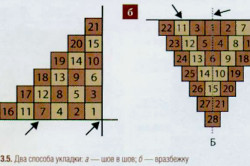
- First of all, it is the material of manufacture. Most often it is ceramics or natural stone, but there are also options from PVC, glass and cork. This choice attracts the buyer.
- The next factor is its size. It is quite small and quite diverse, which guarantees ease of installation.
- The installation method affects the popularity of choosing tiles as a floor covering.
This can be installation with glue, mortar, and so on.
You can use modern tiles with various conditions: these are residential premises, and in the open air, and industrial building and even in high humidity conditions.
All of the above characteristics of floor tiles make them a versatile cladding material that is well suited to any design project.
Back to index
Floor tiles: types
The usual criterion for classifying floor tiles is the material they are made from.
Ceramics.
The most famous and most sought after is the variant of tiles made of ceramics. What is it made from? Everything is very simple: it includes different kind clay and other natural natural ingredients.

Ceramic tiles are able to withstand temperature changes.
- As for the advantages of ceramic tiles, a large assortment should be noted here. colors, including various patterns and other decor. In addition, it has a rather diverse surface texture. Another number of properties of a positive nature are wear resistance, fire resistance and immunity to a humid environment.
- Temperature fluctuations are also not terrible for ceramic floor tiles. used ceramic tile both for interior finishing work and for outdoor work.
- Separately, it should be noted that it is ideal for arranging a warm floor system. Its ecological origin has already been mentioned above. It is worth noting that the care of ceramic tiles will not cause much trouble.
But like any building material, ceramic tiles have their drawbacks. This is a cool surface (with the exception of arranging underfloor heating). If liquid (water) gets on the ceramic tile, it becomes very slippery to walk on it.
Its installation can also be considered a minus, since for its implementation it is necessary to have certain experience and special skills. Another property of a negative character is its fragility and brittleness. This is especially important during transportation and installation (laying).
The size range of ceramic tiles is quite diverse. It can also be an option 10x10, 43x43. The choice is quite large.

The use of ceramic floor tiles is possible for any purpose. This is the bathroom, and the kitchen, living room, dining room, hallway and so on. Floors in utility rooms can also be finished with ceramic tiles. For example, a balcony, corridor or garage will look great when choosing ceramic tiles as flooring. The directions of its application can be various public premises (pharmacies, hairdressers, etc.), as well as objects located in the open air (verandas, paths, pools, etc.).
Back to index
Porcelain stoneware: material features
This type of flooring in many ways resembles the tile option described above. Its difference is in higher performance. As in the case of ceramic tiles, only natural materials (clay and minerals) are used in its manufacture.
The advantages of this type of coverage can be safely attributed:

Porcelain stoneware tiles are durable, fire resistant, and environmentally friendly.
- durability;
- high degree of strength;
- resistance to moisture and temperature extremes;
- fire resistance;
- immunity to mechanical damage and chemical compositions;
- wear resistance and, as a result, the possibility of using where the level of patency is very intense;
- environmental friendliness;
- hygiene;
- simple care during operation;
- a wide range of colors;
- use in the installation of underfloor heating systems.
- the surface is sufficiently rigid (solid);
- often there are difficulties during installation, more precisely - when cutting and other types of processing;
- if dishes or other fragile things fall on the porcelain stoneware surface, it will definitely break;
- if polished porcelain stoneware is used, then stains and other spots easily remain on it;
- transportation requires special conditions;
- the surface of porcelain stoneware tiles is quite cold;
- interaction with moisture makes it very slippery;
- when laying you can not do without the presence of a certain experience.
The size range of porcelain stoneware tiles includes instances of the following values: 30x30, 45x45, 60x60 and others.
Directions for its use are the same as for conventional ceramic floor tiles. They were mentioned above.
Back to index
Tiles in the form of carpet (carpet tiles)

At the very beginning of its production, it belonged to a subspecies of ordinary carpet, but due to the fact that it consisted of separate modules, it became possible to replace the failed part of the coating and make it easier and more convenient to install various communications (laying a telephone cable). Today, floor tiles made of carpet are an independent type.
It is based on polyvinyl chloride or bitumen, reinforced with fiberglass. Already on this basis, fibers made of polyamide components are attached by the firmware method.
What are the positive qualities of carpet tiles can surprise you? It:
- sufficiently high wear resistance;
- strength;
- simplicity, ease of storage and transportation;
- when using carpet tiles, you save material, and therefore financial resources, since compared to roll material cuts will be much less;
- very simple and convenient dismantling (if necessary);
- a wide choice of styling methods;
- the presence of a large range of colors.
When choosing this flooring option, do not forget to pay attention to its disadvantages. These include:

Carpet tiles have dimensions of 30x30, 50x50, 60x60.
- the need for periodic (regular) care using special equipment (vacuum cleaner) and various detergent compositions;
- difficulty in removing dirt (stains);
- accumulation of dust;
- susceptibility to various odors (smoke, household chemicals, etc.);
- the possibility of the formation of cracks between individual tiles;
- quite high price range.
Carpet tiles are produced in the following sizes - 30x30, 50x50, 61x61 cm.
Its most appropriate use is considered to be in residential areas, for example, a children's room, bedroom, living room, etc. Offices, hotels, clubs are also the scope of its application, but less often.
Back to index
3D tiles (live): characteristics
This is a modern type of flooring and it got its name due to the fact that its pattern changes upon contact with it. What is this tile made of? It consists of a capsule made of a base (very strong) and tempered glass.
Instead of glass, a special transparent polymer layer can be used. The internal content of this capsule is a gel-based compound. After the tile has been stepped on (pressured), the gel, by virtue of its physical properties flows, changing both color and pattern.
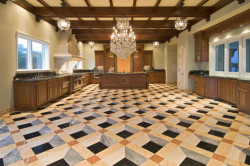
3D tile consists of capsules and glass.
- produced effect;
- strength and wear resistance;
- immunity to mechanical damage (scratches);
- the ability to absorb sounds and vibration vibrations;
- safety in environmental and hygienic terms;
- relaxing effect on the state of the nervous system;
- the possibility of using when installing a warm floor;
- absolutely non-slip tile surface;
- a large selection of shades and patterns (there are options made in the abstract style, for children, in the form of plant forms);
- care does not require special conditions.
With all the advantages of this type of coverage, there are still disadvantages. And they include:
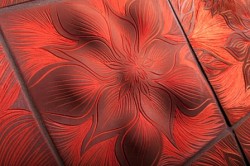
For laying 3D tiles, you must have a floor with a flat horizontal surface.
- the possibility of installation only if there is a very flat horizontal surface (almost perfect);
- installation requires professional skills;
- the impossibility of carrying out any processing of this type of tile, for example, cutting;
- use only for interior decoration;
- the price level is very high.
The size range is not diverse: manufacturers offer the following options. These are 25x25, 30x30, 50x50 and 100x100 cm.
Most often, this type of tile is used to decorate entertainment-type rooms. These are cafes, nightclubs, restaurant complexes, dance floors, podiums and so on. Another direction of its use can be called various exhibition complexes, elevators, waiting rooms and shopping centers. For residential premises, partial decoration with live tiles is best suited. For example, for a children's room, bath or living room.
Modern floor tiles are divided into three types: tiles, mosaics and porcelain tiles. All of them are applicable to flooring, but each has its own special characteristics. With the definition of which tiles and which room to take, we will begin.
Familiar to everyone and traditionally used for floors. It has long won the trust of the consumer both in terms of cost and quality.
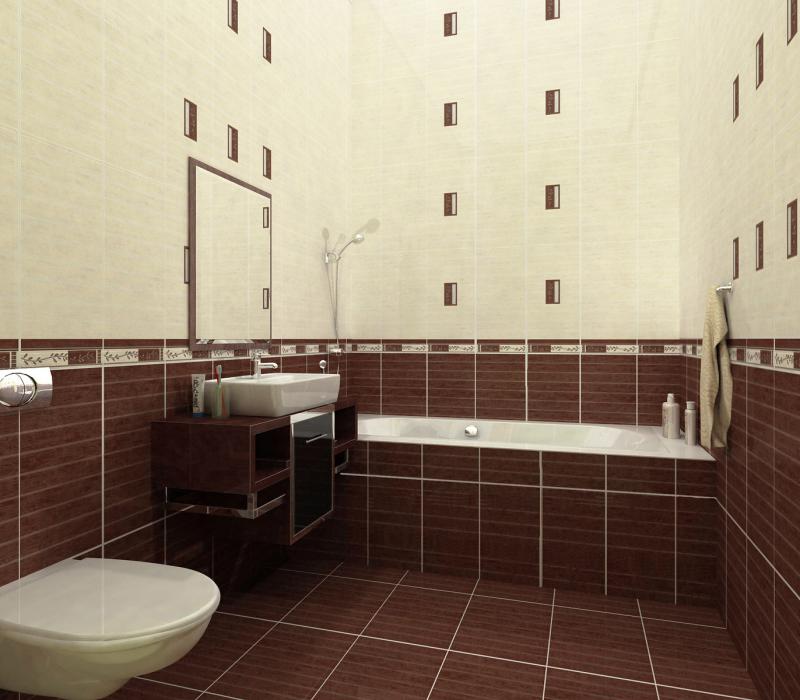
Mosaic tiles are used infrequently, and only for decorating floors in bathrooms. The product can be attributed to the elite or outrageous decor.
Porcelain stoneware is ideal for decorating country-style rooms. The winter garden, paths in the garden, an open veranda and a kitchen - porcelain stoneware floors perfectly withstand both temperature changes and precipitation.
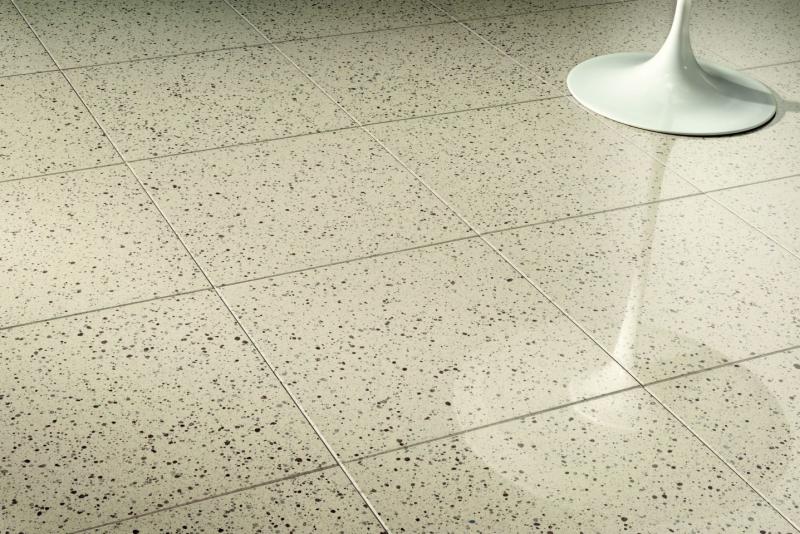
Important Details
Having decided on the type of tile, we proceed to a detailed analysis. What should be taken into account when studying the characteristics of samples? Pay attention to:
- The size. For tiles, it varies from 10x10 to 40x40 cm. Floor tiles are also available in 30x30 and 33x33 cm. Mosaic tiles are offered in sizes 1x1 and 5x5 cm. Porcelain stoneware is available in proportions of 40x40 and 60x60 cm;
- Quality. Be sure to check the tiles for cracks and chips. The edges of the product must be even. Do not be lazy and look at the entire purchased batch for color matching;
- Surface. For the bathroom and kitchen, it is desirable that the floor tiles have a rough surface. This is a security requirement. On such a tile you will not slip, which means you will save yourself from injury. Smooth tiles are suitable for small bathrooms, where most of the floor can be covered with special rugs.
Please note that the larger the product, the fewer seams on the floor. This facilitates cleaning and prevents the accumulation of dirt, and looks aesthetically pleasing.
Badges
You can find out about the performance properties of the tile by examining the symbols on the packaging. Here's what they mean:
- foot on a black background - a sign of floor tiles;
- snowflake - resistance to low temperatures;
- foot, but on a shaded background - increased resistance to wear;
- an arrow will show you in which direction to tile if it is to make a certain ornament or pattern.
Memorize or write down the meanings of the symbols.
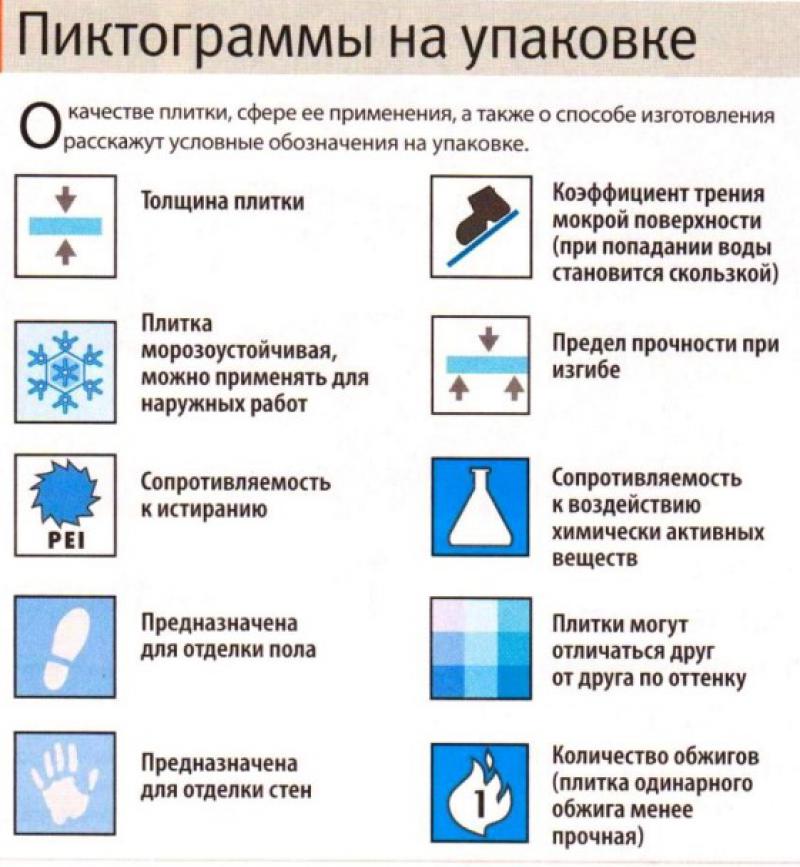
Design
This option is able to delight even the most picky taste. Domestic and foreign manufacturers delight us with a whole series of ceramic tiles, divided into styles. Solid and colored, with a uniform pattern and the possibility of assembling a floor panel. Naturally, you will have to focus on the interior of the room in which this tile will lie.

Of the new trends, I would like to mention tiles with a 3D effect. It is made in a special way: a capsule with a gel is laid out on a very strong base, which is closed with glass or polymer. If you step on such a tile, it will change both color and pattern.
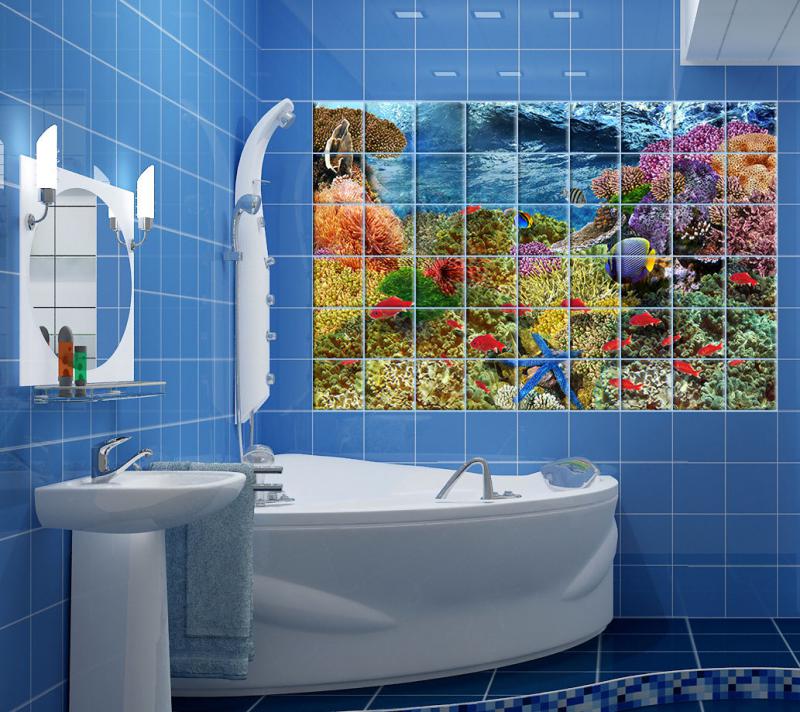
Regarding the advantages, all tiles are approximately in the same position and are characterized by:
- durability;
- strength;
- fire resistance;
- hygiene;
- resistance to mechanical and chemical damage;
- moisture resistance;
- simple care.
In the minuses, we note that both tiles and porcelain stoneware are cold floors. However, you can lay a warm floor under them and eliminate this drawback. There are difficulties with laying floor tiles, some types are best left to professionals. If you decide to tile themselves you will need our tips.

The first thing to do in without fail is to prepare the surface for laying tiles. The floor must be level with a plumb line, make sure it is free from dirt and small particles. Put a two-meter rail on it and make sure that the gaps between it and the floor do not exceed 2 mm. If they are larger, use mortar to level the surface.
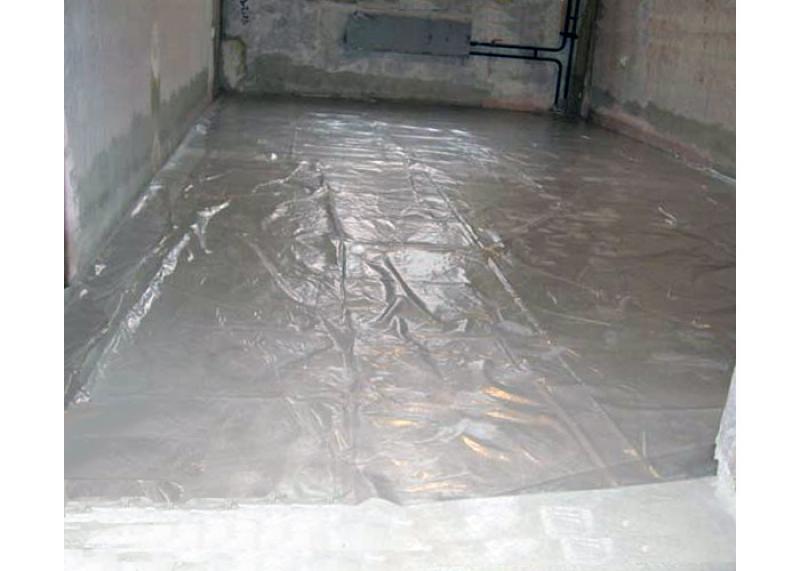
The second step, after drying the leveling mortar, will be its primer. For it, you can use both special mixtures and an aqueous solution of PVA.

The third is the choice of the base on which you will lay the tile. Use adhesive solutions offered at every hardware store.

The fourth step is the most responsible. Each tile must be checked for horizontal position relative to the already laid out samples in order to avoid height differences on the floor.

Fifth - grouting. It is also sold in stores, the main thing to remember is that its color becomes lighter after drying. Choose the option that best matches the color of the tile itself.

Complete drying of the laid floor occurs in 10-12 days. Try to reduce the frequency of walking around the room for this time, or do it carefully.
If the tile needs to be cut, which almost always happens, soak it for 40 minutes in water before using the tile cutter.
Modern floor ceramic tiles combine both practicality and imagery. It brings special accents to the interior, ensures a long service life of the floor, and avoids frequent repairs. A variety of materials and style solutions allow you to find the optimal design for various premises.



